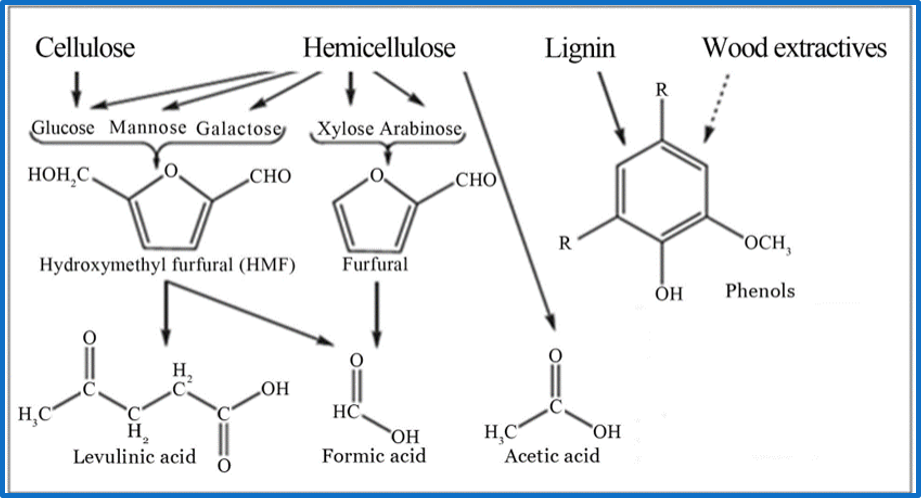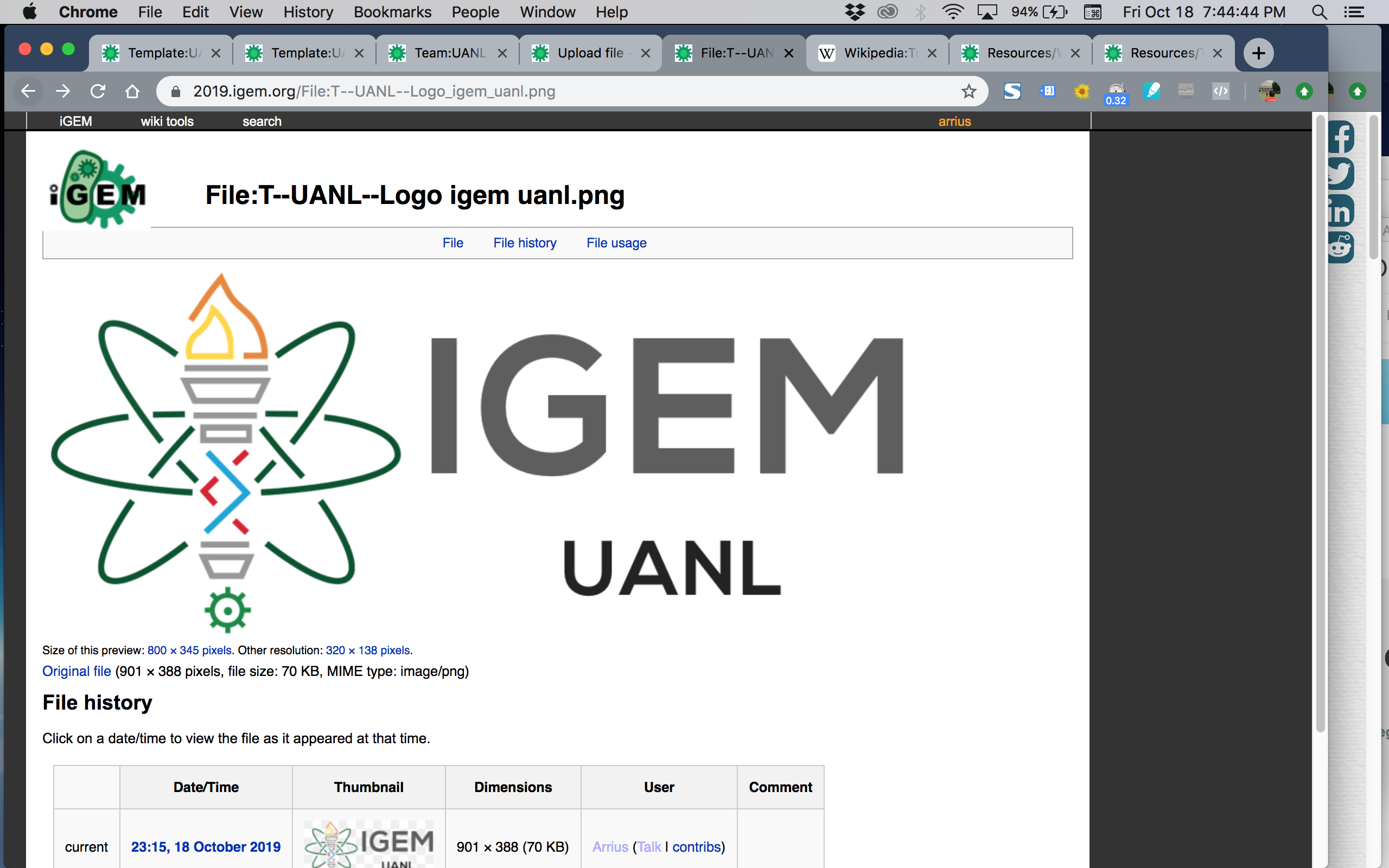(→Synthetic metabolic pathways for revaluation purposes.) |
(→Synthetic metabolic pathways for revaluation purposes.) |
||
| Line 29: | Line 29: | ||
| − | ''Cis-cis-muconic acid may be transformed in adipic acid, and caprolactam, which are used in nylon production.'' | + | '''Cis-cis-muconic acid may be transformed in adipic acid, and caprolactam, which are used in nylon production.''' |
We design metabolic analysis experiments to detect metabolites and their intermediates in culture media. Using TLC as a easy control and further quantitative data with HPLC-UV/Vis. (4),(5) | We design metabolic analysis experiments to detect metabolites and their intermediates in culture media. Using TLC as a easy control and further quantitative data with HPLC-UV/Vis. (4),(5) | ||
Revision as of 16:15, 20 October 2019
Contents
Design
To use BL as a substrate in a efficient way , we design a metabolic network involving organelle engineering. To do this we aim three pillar project.
- Selection of synthetic metabolic pathway. This pathway converts vanillic acid, a LDIC, into muconic acid, a nylon precursor.
- Organelle engineering. Protein engineering to encapsulate enzymes and enhance permeability of an bacterial microcompartment.
- Genetic circuit design. Would provide slightly regulation and optimization variables, as BMC assembly, growth and dynamic metabolic control.
Selection of the metabolic pathway.
To select the pathway we take objectives: 1.The final product may be higher value added product that BL burning to produce energy. 2.It must be valuable in the market 3.Can be extracted by petroleum derivatives.
Analysis of components of the BL.
The LDICs are diverse, as it depends in the composition of lignin from de organic-vegetal source. In this case, we analyze the source reported from kraft pulp, generated by paper industry. The components in major percentage are guaiacol, catechol, vanillin, vanillic acid and isoeugenol.(1,2) Aromatic phenolic compounds are hydrophobically predominant. Most of all can cross lipid membranes easily, which causes their specific toxicity. Their IC50 varies from 0.2g/L until 2 g/L for vanillin and vanillic acid. This is important even for the posterior phase of system design. However, selection of first substrate would impact in overall system. This is discussed further in the assembly of the system.
Synthetic metabolic pathways for revaluation purposes.
We investigate diverse ways to build or implement a synthetic pathway to use LDICs as a primary substrate and use them as a building blocks to synthesize other high value products. As the LDICs are hardworking, there are not a lot of metabolic systems to implement new synthetic pathways. We look into software as RetroPath2.0 (3), a program that is useful in discover and predict new metabolic pathways, however, time and resources were limited. To understand and model metabolic systems, we finally decided to select a constructed pathway reported before. As (author of lignin valorization), we selected the synthetic pathway which has a set of known enzymes and previously expressed in E. coli. (4)
Cis-cis-muconic acid may be transformed in adipic acid, and caprolactam, which are used in nylon production.
We design metabolic analysis experiments to detect metabolites and their intermediates in culture media. Using TLC as a easy control and further quantitative data with HPLC-UV/Vis. (4),(5)
Imágenes
Insertar video
Más texto
Tablas
| Header 1 | Header 2 | Header 3 |
|---|---|---|
| row 1 cell 1 | row 1 cell 2 | row 1 cell 3 |
| row 2 cell 1 | row 2 cell 2 | row 2 cell 3 |
More information about tables: https://en.wikipedia.org/wiki/Help:Table
Links
Esta es una liga, al picarle te manda a la página que va dentro del código
Más formatos
Aquí más datos de formato de texto: https://www.mediawiki.org/wiki/Help:Formatting
Convertir a HTML de Word: https://wordhtml.com/



